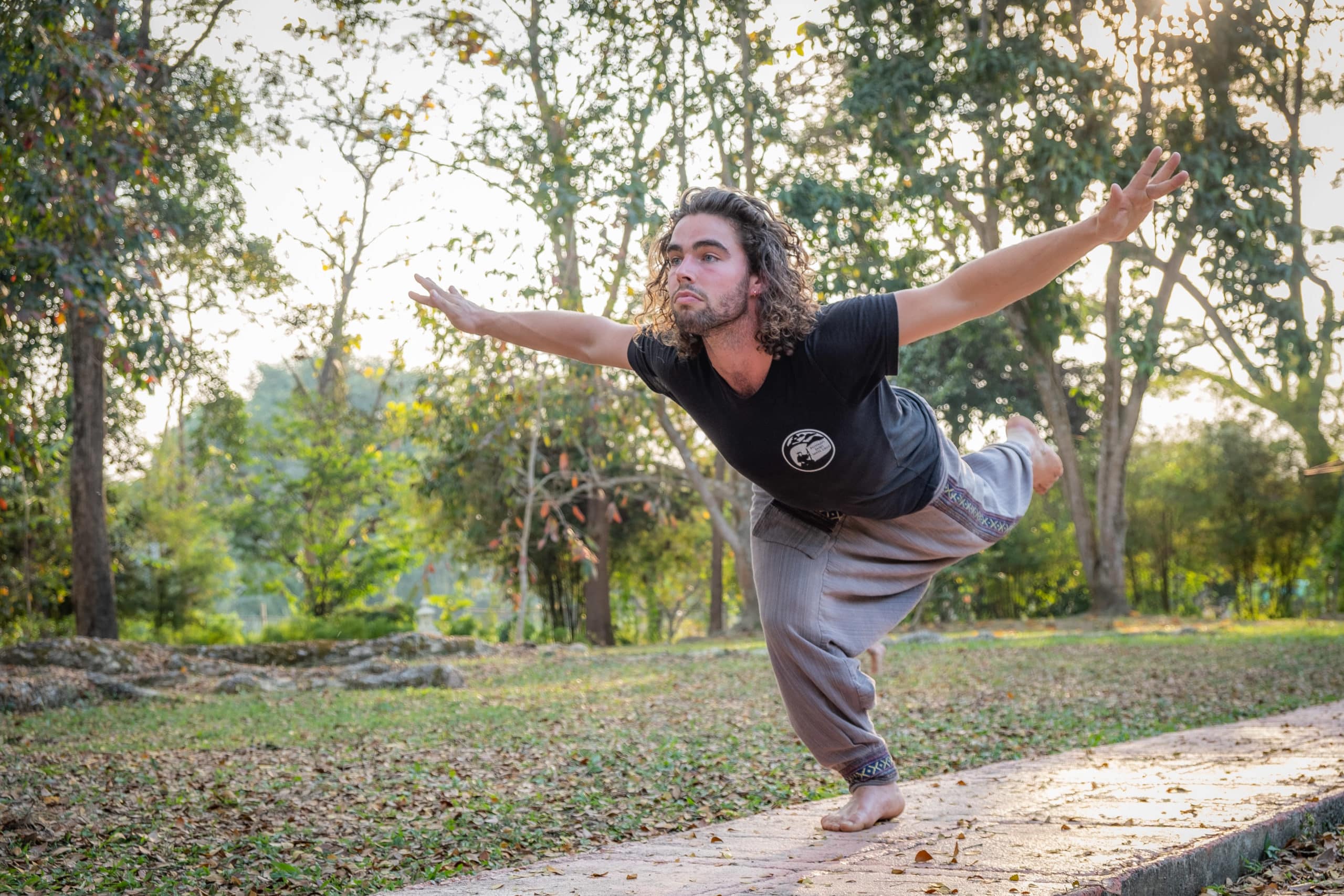
Why mobility training is vital for HIIT athletes, and how Qigong helps
Apr 08, 2019Shorter workouts, awesome results--what’s not to love? While HIIT can be great for your health and fitness routine, too many HIIT sessions without proper mobility training can push your body past its limits.

Like downing an espresso shot, High-Intensity Interval Training (HIIT) workouts pack brief bursts of intense energy into a shorter amount of time to produce many desirable fitness outcomes, including fat loss, a post-workout metabolic boost, and gains in overall health.
In fact, research has demonstrated that more than 30-40 minutes a week of working above 90 percent of maximum heart rate actually hinders the transformative effects that HIIT offers. Like consuming too much caffeine, hitting HIIT too hard, too often can actually impose unhealthy stress on your body and cause undesirable side effects.
What Counts Is More Than Calories
In a digital world that allows us to monitor our calorie intake at the tips of our fingers, it’s tempting measure our workouts in calories burned. Though striking a balance of calorie intake and expenditure is essential for achieving and maintaining a healthy weight, working out does much more than turn a cheeseburger into usable energy. Every time we exercise, our bodies adapt to the demands we put upon it and create an array of hormonal and physiological responses that impact our long-term fitness, body composition, and health. So while low-to-moderate intensity workouts may not burn as many calories as their high-intensity counterparts, they can still positively influence our body composition, provide numerous health benefits, and improve valuable fitness capacities, such as mobility.
Many of us also face the temptation to only work out for the sake of the “perfect” physique, a number on a scale, or strength progression. While these aesthetic and strength outcomes may be a strong motivator to get us moving, neglecting mobility training and recovery for the sake of “destroying” ourselves for external gains can eventually slow our progression or impede our technique, leading to the most undesirable outcome: an exercise-induced injury.
How to Balance HIIT with Qigong
Getting the most from HIIT is all about balancing your high-intensity work with lower intensity training and recovery. According to Jinger Gottschall, researcher and associate professor of kinesiology at Pennsylvania University, “If you want to get the best possible results from HIIT, our recommendation, based on these findings, is to balance your weekly HIIT sessions with other, less intense cardiovascular and strength workouts. It’s also imperative that you let your body recover properly after a HIIT session. This way, you’re likely to perform better when you do your HIIT workouts and benefit from the positive results.”
As a low-intensity and low-impact activity, Qigong offers HIIT athletes a comprehensive approach to mobility training and active recovery. Additionally, Qigong’s slower pace and breathing techniques allow you to soothe your nervous system while developing two key aspects in staying safe during HIIT: proper form and self-awareness.
Whether you’re new to HIIT or a seasoned HIIT athlete, here are three Qigong mobility exercises to cultivate better body-awareness and help you recover so you can tackle your next HIIT session with focus and energy.
Monkey Strolls Qigong.

Many HIIT exercises require you move quickly and powerfully, often creating high-impact with every jump or step. And to match high-intensity demands, most HIIT workouts also require serious mental focus and discipline. Balancing your HIIT work physically and mentally, Monkey Strolls Qigong allows you to cultivate ankle, hip, shoulder and neck mobility through soft steps, lateral movements, and light-hearted curiosity.
Tiger Hunts for Prey Qigong.

Training the body to intentionally move through all of its available ranges and directions is critical for injury prevention and developing resilience, balance, and strength. Uniquely adducting the thighs at the hips while in external rotation, Tiger Hunts for Prey Qigong gives you the ability to train your hips in a direction you aren’t likely to find in HIIT or other routines. Tiger Hunts for Prey Qigong also promotes mobility in the neck, thoracic spine, shoulders, ankles, and hips.
Bear Shakes Off Its Paw Qigong.

Hip mobility is an essential movement capacity to safely perform numerous HIIT exercises. A harmonious balance of effort and ease, Bear Shakes Off Its Paw Qigong gives you the opportunity to challenge your hips through most of its available directions, including flexion, abduction, adduction, external rotation, and internal rotation. This calming yet powerful qigong exercise allows you to slowly enough to explore your hips range of motion and discover mobility limitations that may be hindering your HIIT and fitness performance.
While HIIT creates a positive stress response, Qigong mitigates stress and works to restore physiological and psychological balance. You can get the most out of your HIIT workouts by prioritizing mobility training, exploring movement diversity, and scheduling active recovery. To learn more, visit our blog or dive into one of our e-books or online courses.



